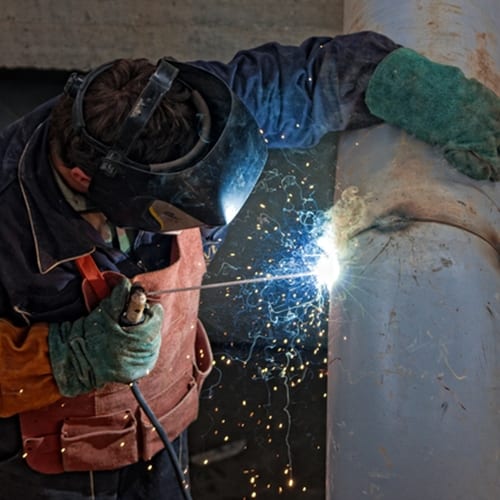Repairing a ship can be a long and demanding process that puts workers in precarious positions. There are many kinds of tasks that go into a repair job, but let's look at two broad categories and the risks that come with them: hot work and cold work.
The Occupational Safety & Health Administration (OSHA) classifies these different kinds of jobs on their website. In the context of repairs, hot work refers to processes that involve flames or fire-based tools. This can include welding or cutting hard materials while wearing all of the protective gear that these tasks require so workers aren't harmed by sparks or burns.
Before they begin, shipyard employees engaged in hot work have to prepare their workspace and remove all flammable hazards. Fire watches can help monitor activity and keep consistent protections in place as the job proceeds. This is especially important for safety, because conditions could change over the course of the job as temperatures increase and fumes fill up the area.
While the cold work category doesn't involve open flames, there are still many harmful concerns to stay aware of. This type of job often involves chemicals for cleaning or other maintenance tasks, which could put employees in contact with corrosive or toxic materials.
As with hot work, any employees doing cold work need to have all of the proper safety clothing from head to foot to be in the safest possible state, and each piece of clothing needs to work correctly and be durable. Steam cleaning or high-pressure water may also be considered "cold work," even though it leaves unprotected individuals at risk of being burnt.
For employers overseeing such operations, marine insurance based on the most common applicable dangers will go a long way in mitigating loss or catastrophe costs during shipboard heavy duty maintenance procedures.

